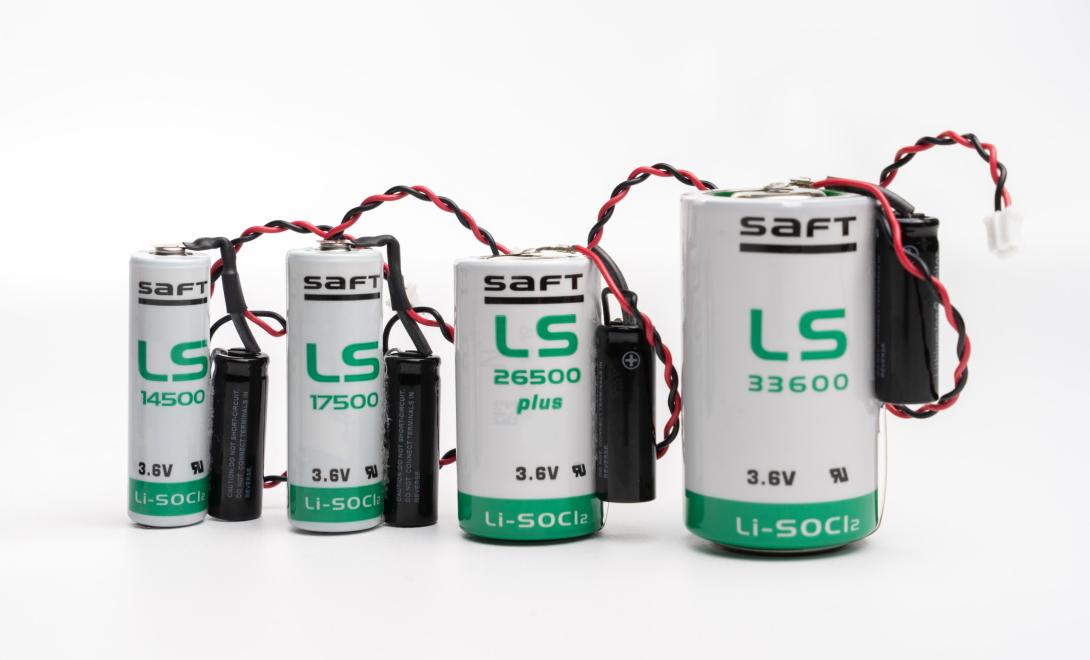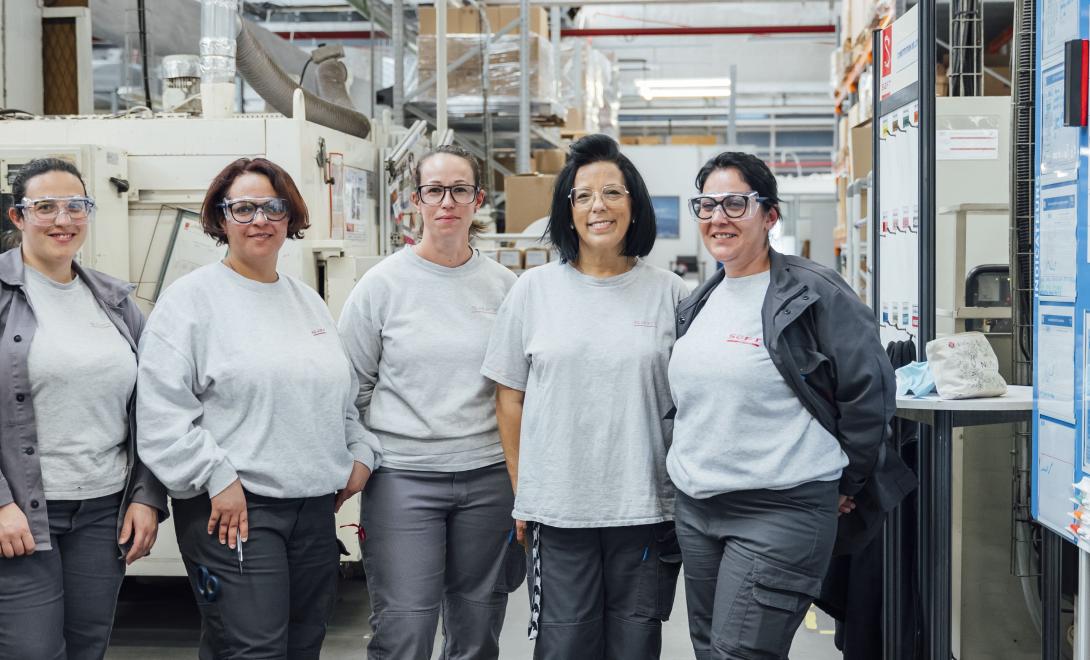
Refurbishment services keep Hitachi’s Class 395 batteries in perfect condition
Hitachi has turned to Saft to oversee the scheduled servicing of the batteries on board its fleet of Class 395 EMUs (Electrical Multiple Units)
Maximum availability for passengers
As the manufacturer of UK’s flagship high-speed line, Hitachi demands high reliability from all of the systems and components on board its Class 395 EMUs (electric multiple units) to ensure a predictable and consistent service for passengers.
Each Class 395 is fitted with three sets of Saft MRX batteries, which provide the power for traction and auxiliary systems in neutral sections on the electrified rail service as well as backup power.
To ensure that its batteries remain in optimum condition throughout their life, Hitachi has the batteries overhauled by Saft every five years.
Key features:
- Delivery to specialist workshop
- Visual inspection and cleaning
- Charge and discharge testing
- Back in operation within three weeks
Key benefits:
- Detailed knowledge of capacity
- Reliable battery operation
- Maximum availability of Class 395 trains
- Low Total Cost of Ownership
Hitachi Rail Europe
Hitachi Rail Europe is a leading manufacturer and operator of rail rolling stock. From its depot in Ashford, Kent, it is overseeing the planned maintenance of the UK’s fleet of Class 395 high-speed passenger trains.
The 29 Hitachi-designed trains have been in operation since 2009 and are capable of a maximum speed of 140 mph on the UK’s High Speed 1 (HS1) line between London and Kent.
Fast-track service
To meet the challenge of refurbishing the three battery systems on each train within a three-week window, Saft oversees a service programme that establishes the condition of each cell and its remaining capacity before making any necessary repairs.
After completing the five-year overhaul of the battery systems, Saft is currently coordinating the
six-year battery overhaul.
Refurbishment to ensure performance
Proactive maintenance pays dividends by helping train operators like Hitachi make the most of their assets. While refurbishment includes inspection, cleaning and testing of the batteries’ capacity, Saft can also provide technical training on best practice battery installation and maintenance.
One vital aspect of refurbishment is the process of taking batteries through up to three charge / discharge cycles and carrying out a five hour capacity discharge test, known as a C5 test. This determines the batteries’ remaining capacity after several years of service. During servicing, Saft typically finds that its rail batteries still have almost 100%capacity, even after many years in service. The benefit to Hitachi is that its fleet of Class 395s remains the best performing fleet in the UK.
Extending the life of assets
Hitachi’s target for its fleet is a minimum of 30,000 miles between technical failures and its approach to maintenance and servicing mean that it outperforms this target significantly, achieving 50,000 miles between failures.
We have adopted the Japanese maintenance regime ensuring that our passengers can see that train maintenance is our top priority. This makes the 395 fleet one of the best performing fleets in Britain so far.
Saft’s vision for service
Saft has always been known for the quality and technology of its products. These are now complemented with quality and timely service of battery systems. Training, installation, maintenance, fleet management and e-supervision are all included under Saft’s growing ‘Service’ umbrella.
Related Articles, Stories & Events
Stories, Media & Events
<p>To ensure we can respond as efficiently as possible. Please complete this form which will be delivered to our team of experts who will help you with your enquiry.</p>

